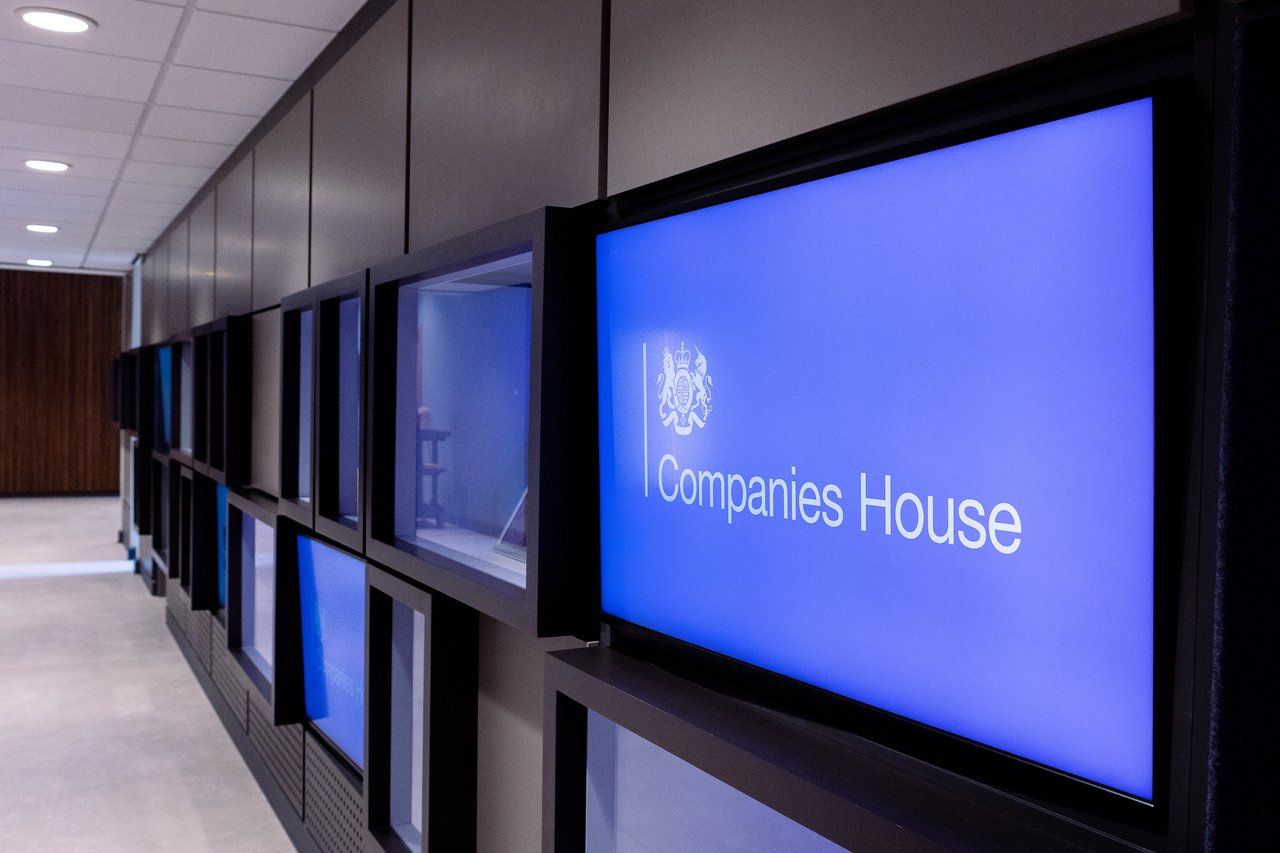Patent Box – does my company qualify
This is the second in our series of articles covering the UK Patent Box regime. Patent Box aims to encourage companies to retain and exploit existing patents and to develop new innovative products in the UK by providing a tax incentive. That incentive takes the form of an effective Corporation Tax rate of 10% on profits derived from qualifying patents.
Companies wishing to take advantage of the Patent Box incentive have to elect into the regime. That election has to be made within two years of the end of the accounting period that the regime is to apply to.
The Patent Box regime doesn’t just include Patents, it covers everything that HMRC defines as ‘qualifying Intellectual Property rights’
What is a Qualifying Intellectual Property Right?
Qualifying IP rights are not just patents. The definition is broader than that and comprises:
- a UK patent granted under the 1977 Patents Act
- a patent granted under the European Patent Convention
- an IP Right granted under specified EEA states
- a supplementary protection certificate
- Plant breeders rights granted under the Plant Varieties Act 1997
- Community Plant variety rights granted under Council Regulation (EEC) No 2100/94
What is a Qualifying Company?
In order to access the 10% tax incentive, a company must be “qualifying”. Broadly speaking, this means that it must hold qualifying Intellectual Property rights or an exclusive licence in respect of qualifying Intellectual Property rights.
As well as holding qualifying IP rights, a company must have carried out “qualifying development” of the IP. That means that it must have created the IP or significantly contributed towards its creation or undertaken significant work to develop the patented item or any product which incorporates it. By way of examples, qualifying development could be coming up with the original idea; it could be work to test the viability of the idea; it could be coming up and developing a new application for the patented item.
The Patent Box regime can apply to stand-alone companies and to group companies. For group companies there is an additional condition which requires it to meet an “active ownership” condition in respect of the relevant IP. In essence the company must have either carried out the development of the IP itself or be actively involved in the ongoing active management of the IP rights. The idea behind this is to make sure that the company is not merely passively holding IP in order to benefit from the tax relief.
What about Patents pending?
Where a patent has been applied for but not yet granted, your company can still elect into the regime and would calculate the relevant Patent Box deduction in the usual way. The actual tax benefit relating to all the years for which the election is in force can then be accessed once the patent is granted. At the date the patent is granted Patent Box relief can be claimed in respect of profits made up to 6 years previously providing an election has been made for those years.
What profits qualify?
The calculation of the Patent Box deduction is complicated, but it is interesting to note that profits relating to the sales of items which include just one component derived from qualifying IP can be included. In other words, if you make aeroplanes and they comprise a single component that is subject to a qualifying patent, the whole of the profit arising from the aeroplane sale can be included as part of the Patent Box claim.
We are going to look into this area of Patent Box in a separate article, as due its complexity I want to take extra time to explain all of the areas that need to be considered.
How could my company benefit?
The best way to illustrate this is by way of an example. If we assume that your company makes profits of £1 million in an accounting year and, of that amount, your profit from qualifying IP items is £500,000.
In the absence of a patent box claim the corporation tax due at today’s rates would be £190,000. However, if a Patent Box election is made, the corporation tax bill is reduced to £145,000.
When the main rate of Corporation tax increases to 25% in 2023, using the same figures and without a Patent Box election the corporation tax due would be £250,000. By making a Patent Box election that tax liability would be reduced to £175,000.
Next steps
If you believe that your company qualifies for the Patent Box and you would like information, help and advice on how best to exploit it, please contact David Gillies on 0121 633 2000 or by email to david.gillies@friendllp.com

The year’s best staged production? Critical Acclaim for Melting Pot Productions’ Paranormal Activity

Friend Partnership is a forward-thinking firm of Chartered Accountants, Business Advisers, Corporate Finance and Tax Specialists, based In The UK
Share this page:




